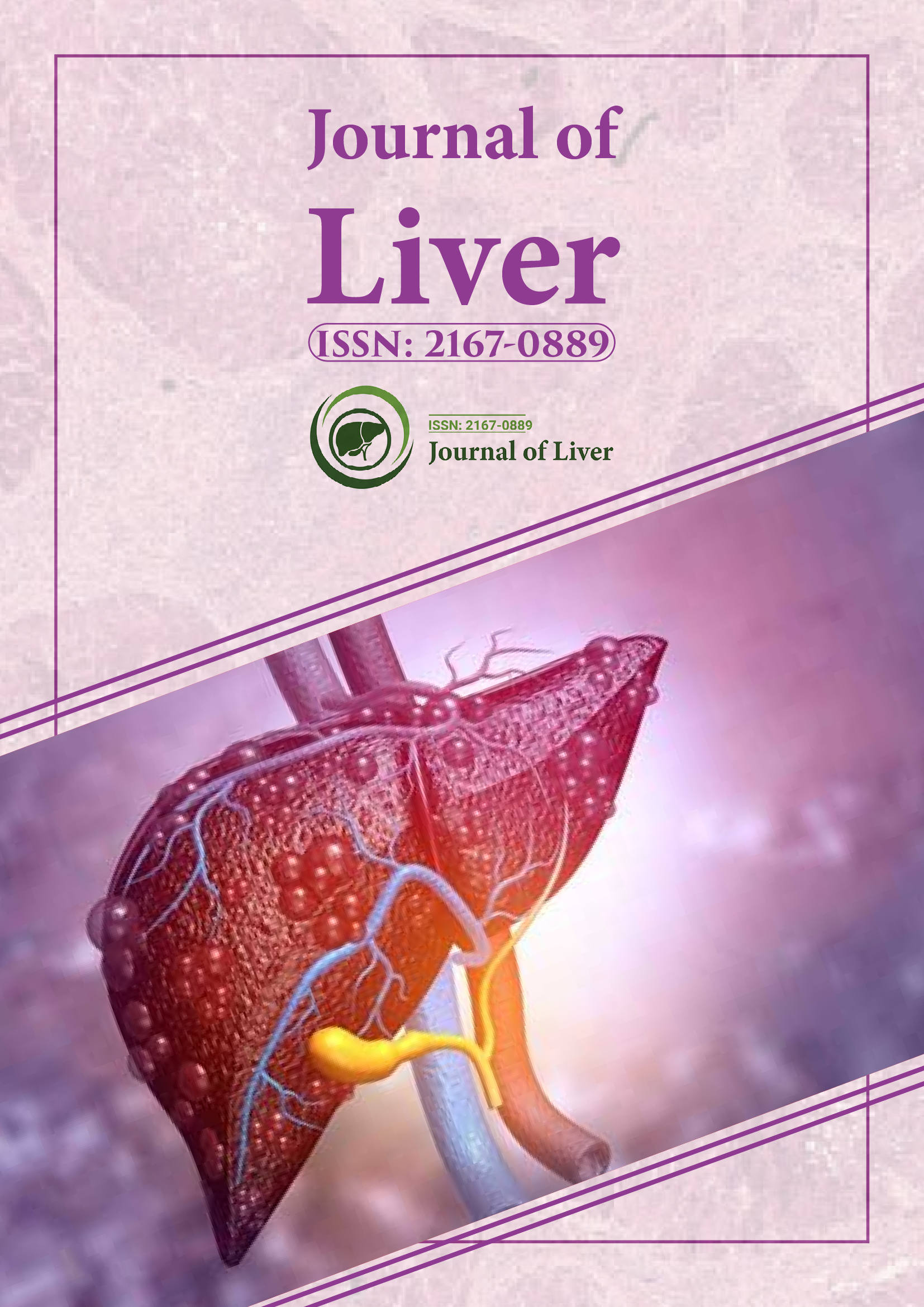Indexed In
- Open J Gate
- Genamics JournalSeek
- Academic Keys
- RefSeek
- Hamdard University
- EBSCO A-Z
- OCLC- WorldCat
- Publons
- Geneva Foundation for Medical Education and Research
- Google Scholar
Useful Links
Share This Page
Journal Flyer

Open Access Journals
- Agri and Aquaculture
- Biochemistry
- Bioinformatics & Systems Biology
- Business & Management
- Chemistry
- Clinical Sciences
- Engineering
- Food & Nutrition
- General Science
- Genetics & Molecular Biology
- Immunology & Microbiology
- Medical Sciences
- Neuroscience & Psychology
- Nursing & Health Care
- Pharmaceutical Sciences
Abstract
Quantification of Hepatic Lipid Using 7.0T Proton Magnetic Resonance Spectroscopy and Computed Tomography in Mild Alcoholic Steatotic Mice
Qi Cao, Su Xu, Shujing Li, Minjie Chen, Xicui Sun, Yamin Wan, Liya Pi, Zhekang Ying and Bin Ren
Background: In vivo proton magnetic resonance spectroscopy (1H MRS) has been used to semi-quantify hepatic lipids in preclinical and clinical studies of fatty liver disease. Quantifying absolute amount of liver lipids utilizing 1H MRS and computerized tomography (CT) is essential to accurately interpret hepatic steatosis.
Purpose: To establish reliable parameters to convert relative hepatic lipid levels obtained by 1H-MRS and liver volumes by CT to the absolute amount of liver lipids in a mild hepatic steatosis, and to determinate the correlation between these absolute liver lipids with liver triglyceride (TG) and cholesterol (Chol) measured by biochemistry assays.
Methods: Mild steatosis was induced in mice by a 3 week ethanol diet containing standard lipids. Evaporated liver water was measured after baking liver tissues and volume of liver was measured using water displacement. 1H MRS semiquantitation of hepatic lipids and CT measurement of liver volume were performed and then used to calculate amount of liver lipids. These data were compared with liver TG and Chol.
Results: Percentage of liver water and liver density were persistent in two groups and were used to convert the percentage of liver lipids to liver water by 1H-MRS to the absolute amount of liver lipids per gram of liver or per milliliter of CT volume. Using 1H-MRS and biochemical assays, an increase of liver lipids was confirmed in mild steatosis mice compared to controls (P<0.01). The amounts of imaging detected liver lipids were strongly correlated to liver TG and Chol measured by biochemical assays in mild steatosis mice.
Conclusion: 1H MRS and CT liver imaging techniques are able to quantify absolute hepatic lipid levels utilizing relative persistent parameters percentage of liver water and liver density in a preclinical mild steatosis setting.
